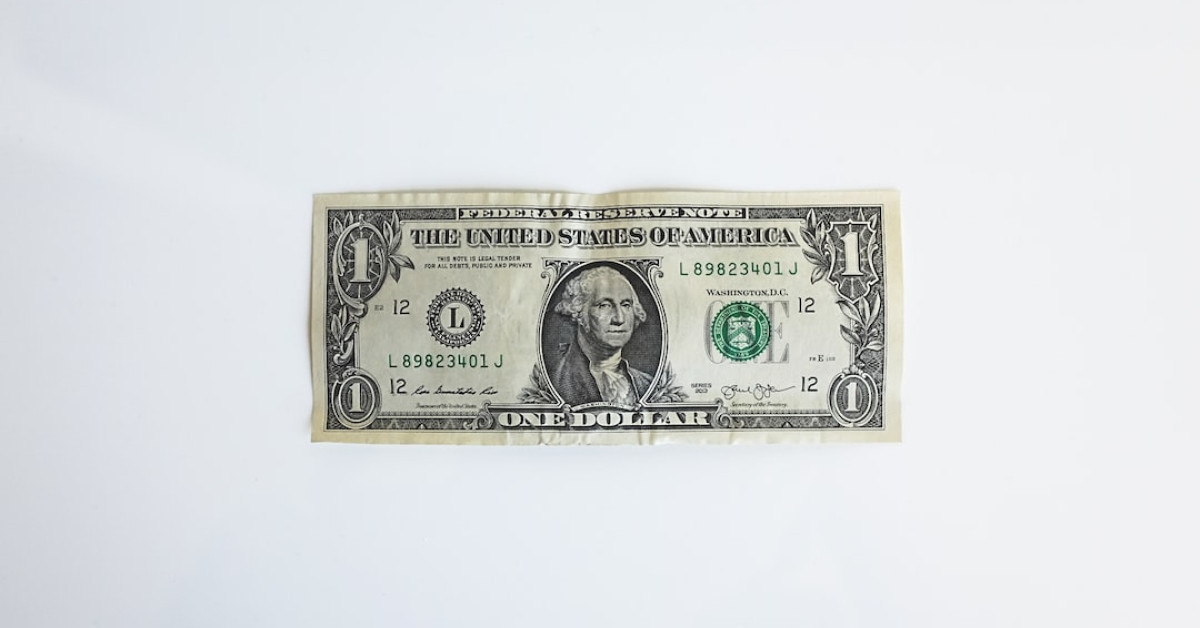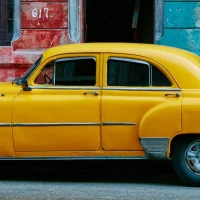As an avid coin collector or an investor in precious items, the 1776-1976 Kennedy Half Dollar might have caught your attention—more so when pondering about its true worth in today’s market. Minted to mark America’s bicentennial, this coin is not only an emblem of patriotism but also a potentially lucrative slice of numismatic history. In this comprehensive guide, we will delve into the fascinating factors that determine the 1776-1976 Kennedy Half Dollar value and help you maximize the potential of your coins.
The 1776-1976 Kennedy Half Dollar: A Brief Overview
Background and Significance
The 1776-1976 Kennedy Half Dollar was issued to commemorate the 200th anniversary of the Declaration of Independence. It’s adorned with patriotic symbolism that captures the essence of American freedom and independence, embellished with the dual-date “1776-1976” instead of the usual single year of minting.
Design and Features
The obverse of the half dollar, designed by Gilroy Roberts, features the undaunted profile of President John F. Kennedy, symbolizing the hope and aspirations of a nation. The reverse, revamped by Seth G. Huntington for the bicentennial, showcases Independence Hall in Philadelphia, the birthplace of both the Declaration of Independence and the United States Constitution.
Understanding the Value of Your Bicentennial Half Dollar
To accurately assess the 1776-1976 Kennedy Half Dollar value, we must sift through various components that influence its price in the collectors’ market.
Mintage and Circulation
- Regular Clad: Minted in large numbers, these coins saw extensive circulation, which affects their value today.
- Silver Clad: A special collector’s edition that contains silver, inherently more valuable due to its metal content.
- Uncirculated and Proof Sets: These coins were specially minted and kept out of circulation, typically retaining higher value.
Condition and Grading
- Mint State (MS): Flawless coins that have never been used are graded from MS-60 to MS-70, with an MS-70 exemplifying perfect condition.
- Proof: Coins struck with a special process to yield a mirror-like finish, often fetching higher prices.
Rarity and Special Features
- Errors and Varieties: Certain mint errors or unusual features can turn an ordinary half dollar into a numismatic curiosity.
- Limited Editions: Special sets or releases tend to have a higher market value.
Market Demand
The enthusiasm and demand in the collecWays to Sell Gift Cards Onliners’ market can dramatically affect the 1776-1976 Kennedy Half Dollar’s worth.
Valuation Chart: Comparing Clad to Silver Editions
To make this comparison as accessible as possible, let’s look at a simple valuation chart that contrasts the different types of 1776-1976 Kennedy Half Dollars:
| Type | Condition | Value Range |
|---|---|---|
| Regular Clad | Circulated | $0.50 - $2.00 |
| Regular Clad | Uncirculated | $2.00 - $4.00 |
| Silver Clad | Circulated | $3.00 - $5.00 |
| Silver Clad | Uncirculated | $5.00 - $10.00 |
| Proof Clad | Proof | $3.00 - $8.00 |
| Silver Proof | Proof | $8.00 - $15.00 |
Remember that prices are subject to change based on the constantly evolving market conditions.
A Deep Dive into the Factors Affecting Value
Coin Grading in Detail
Understanding the nuances of coin grading can give you a better perspective of your half dollar’s standing in the numismatic world.
The Sheldon Scale
The Sheldon Scale, ranging from 1 Get Paid to Donate Plasma 70, is a universally accepted grading system that assesses the coin’s condition. Coins in the higher end of the scale command higher prices.
The Silver Content’s Role
With the price of silver fluctuating, owning a silver clad version of the 1776-1976 Kennedy Half Dollar could equate to an investment in precious metals as well as a collectible.
The Market Dynamics of Coin Collecting
Collector trends and the overall economic environment can sway the value of the bicentennial Kennedy Half Dollar. Note the importance of supply and demand.
Spotting Rare Varieties and Errors
Mint errors, such as double dies or off-metal strikes, can drastically increase the 1776-1976 Kennedy Half Dollar value. Be on the lookout for such anomalies, as they could transform your coin into a rare find.
Noteworthy Variants to Identify
- Double Die Obverse: Featuring a noticeable doubling of the obverse design.
- Off-Center Strikes: A coin that has been stamped out of alignment, creating an unusual border.
- Over-Dated Errors: These are extremely rare and result from a stamping error depicting both 1776 and 1976 in the coin’s date.
Preserving Your Kennedy Half Dollar
Taking proper care of your bicentennial half dollar not only preserves its aesthetic appeal but can also prevent wear that affects value. Consider archival storage options and handle your coins with care.
Best Practices for Coin Storage
- Use of Protective Holders: This safeguards against environmental damage and physical wear.
- Control Climate Conditions: A stable, humidity-controlled environment is ideal to prevent corrosion or tarnishing.
Tips for Selling Your 1776-1976 Kennedy Half Dollar
When you’re ready to monetize your investment, you’ll need to employ smart strategies to maximize your coin’s potential.
Where to Sell
- Online Auctions: Popular platforms like eBay provide a large audience but come with competition and fees.
- Coin Shows: A great way to network with knowledgeable collectors and dealers who might pay a premium for your coins.
- Local Coin Shops: Offers the convenience of dealing face-to-face with experts.
How to Present Your Coin
- Certification: Getting your coin certified by reputable authorities like PCGS or NGC could increase buyer confidence and value.
- High-Quality Images: If selling online, clear and detailed photos can showcase your coin’s condition effectively.
FAQs on the 1776-1976 Kennedy Half Dollar
Let’s address some common questions regarding the half dollar to round out your understanding of its valuation:
-
How do I know if my coin is silver?
- Perform simple tests, such as the “ping” test or assess the coin’s edge for a solid silver color.
-
Are all 1776-1976 half dollars worth the same?
- No, factors like condition, type (clad vs. silver), and special features play significant roles in determining value.
-
Can I find these coins in circulation today?
- Yes, though the ones in circulation are likely to be clad and not in mint condition.
-
Does the mint mark affect the coin’s value?
- Coins minted in different locations (denoted by mint marks) can have varying values, with some being more sought after than others.
Wrapping Up: The Real Worth of Your Bicentennial Coin
The 1776-1976 Kennedy Half Dollar holds a place of honor among American currency. Its value, shaped by historical intrigue, scarcity, and condition, continues to intrigue collectors and investors. Maximizing your coin’s worth requires keen insight into the market and a deep appreciation for numismatic craftsmanship. Whether you view it as a piece of history or a prudent investment, this coin’s enduring legacy is evident in its enduring value.
Remember that while the true worth of your coin can fluctuate, the quest for uncovering its potential is a worthwhile endeavor that speaks to the heart of what coin collecting is all about. Whether you decide to sell, keep, or further grow your collection, the 1776-1976 Kennedy Half Dollar will forever embody a tangible piece of America’s storied past.










